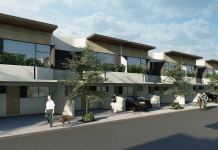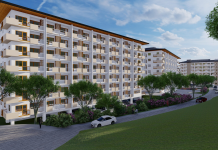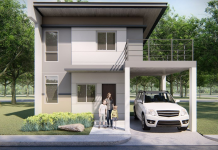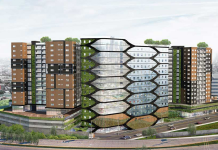
Research from the Bangko Sentral ng Pilipinas (BSP) found Philippine home prices rose during the final three months of 2020 after falling in the previous quarter. That decline was the first time in five years residential prices fell in the country.
The bank’s Residential Real Estate Price Index rose by 0.8 percent in the fourth quarter of 2020, although this pales in comparison to the 27.1 percent increase recorded during the second quarter last year. The Index measures the average change in home prices across building types and locations in the Philippines. It was first launched in 2016.
The increase in Philippine home prices is being driven by strong demand for residences outside of Metro Manila where the average cost of residential property jumped by 5.9 percent. Prices in the National Capital Region actually fell for the second quarter in a row, highlighting the fact people are looking beyond the city.
“The positive year-on-year growth in the overall residential property prices was driven mainly by those in areas outside the National Capital Region,” BSP explained in a statement.
In an interview with Business World, Nicholas Antonio T. Mapa, a senior economist at ING Bank N.V. Manila, noted this is actually in line with global trends as more people are leaving crowded urban areas for suburban locations.
“The Philippines is mirroring the global exodus out from major cities, with city dwellers trading in their flats for the clean and green of the suburbs outside the concrete jungle,” Mapa told the website. “The ongoing lockdown, which spawned a growing army of plantitos and plantitas indicate that clean and green is the new standard.”
This trend caused the price of duplexes, townhouses, and single detached/attached houses all to increase during the fourth quarter of 2020. BSP pointed out the drop in condominium prices may be attributed to the postponement of new launches by developers and lackluster demand for transient dwelling amid the pandemic.




















